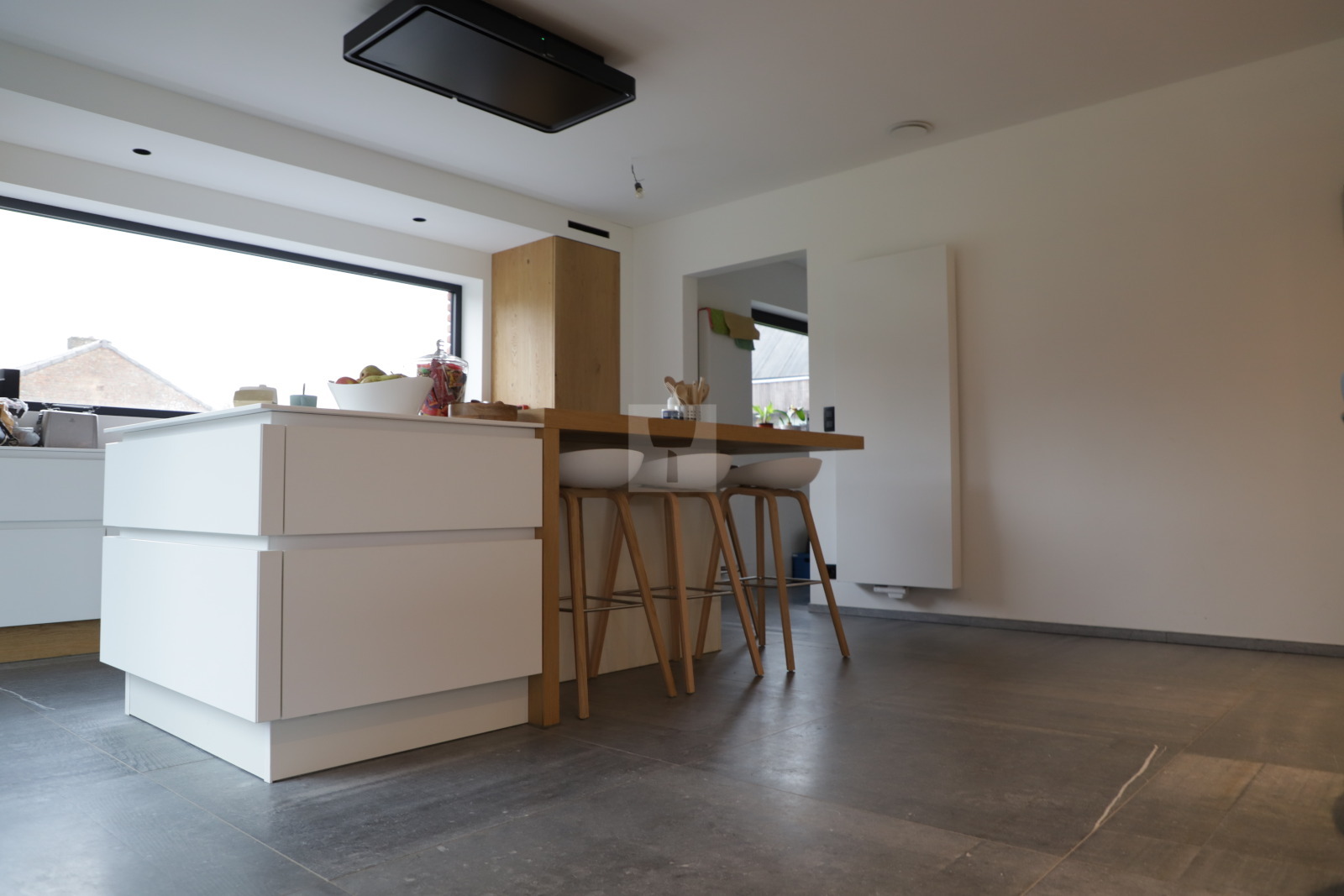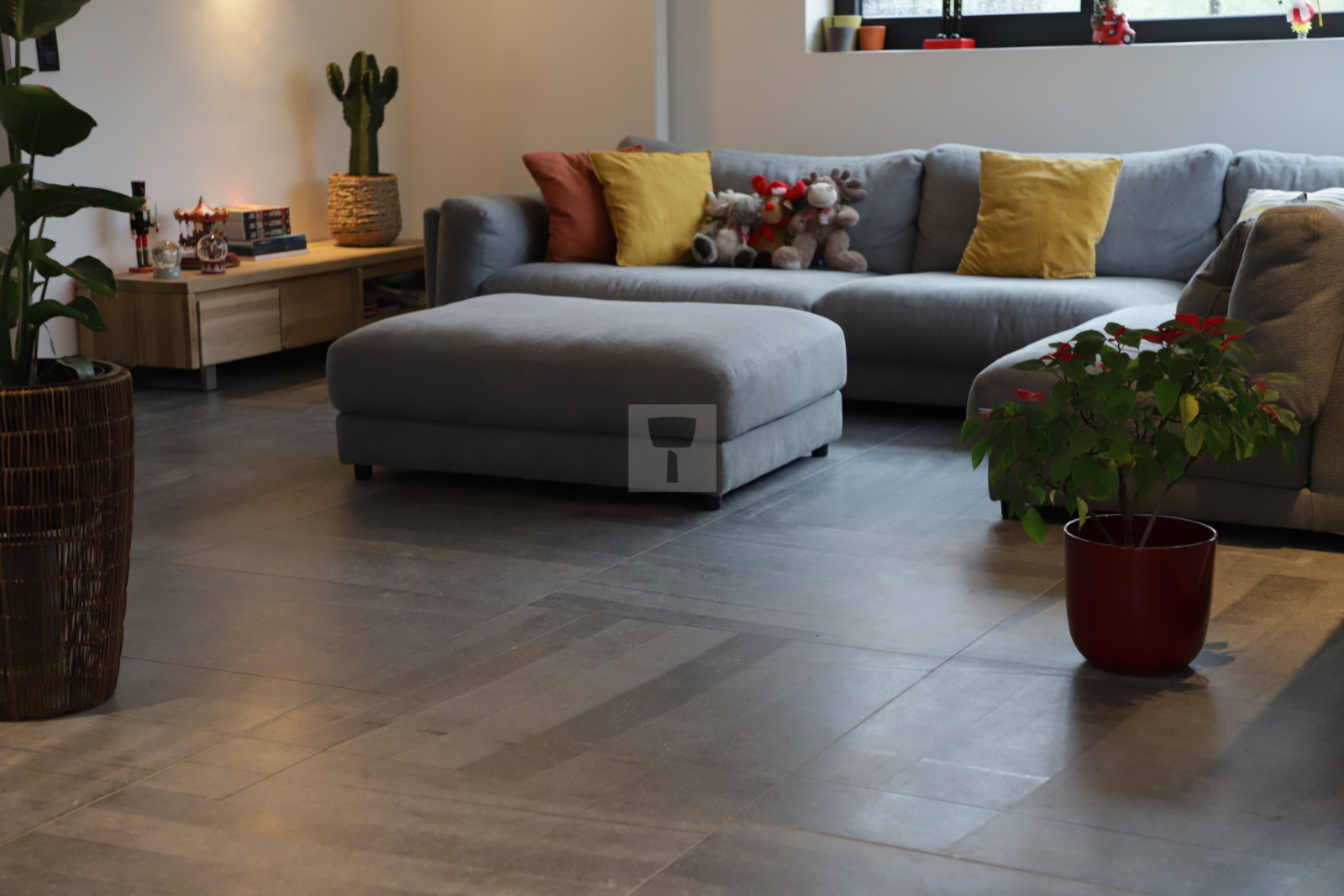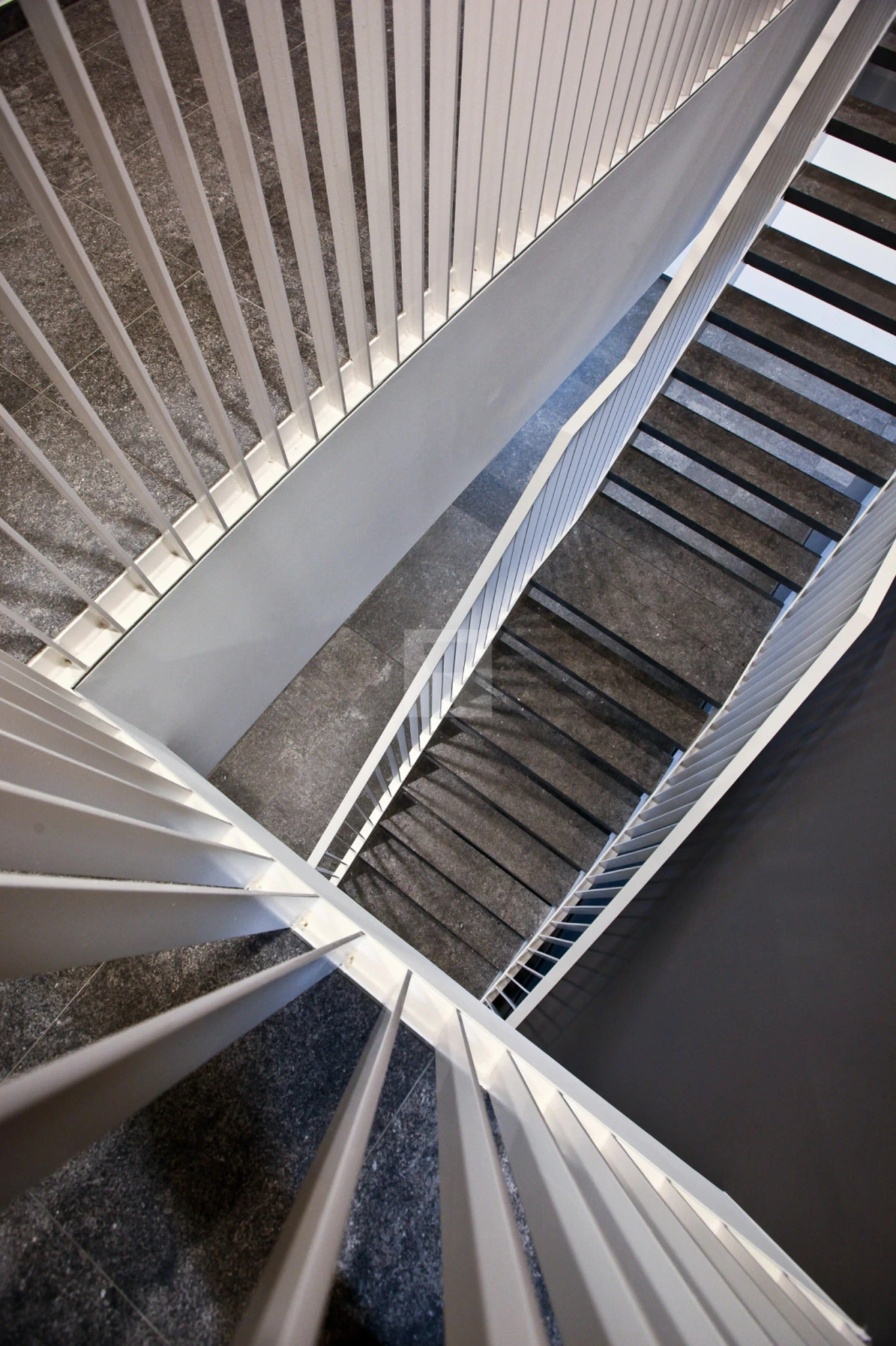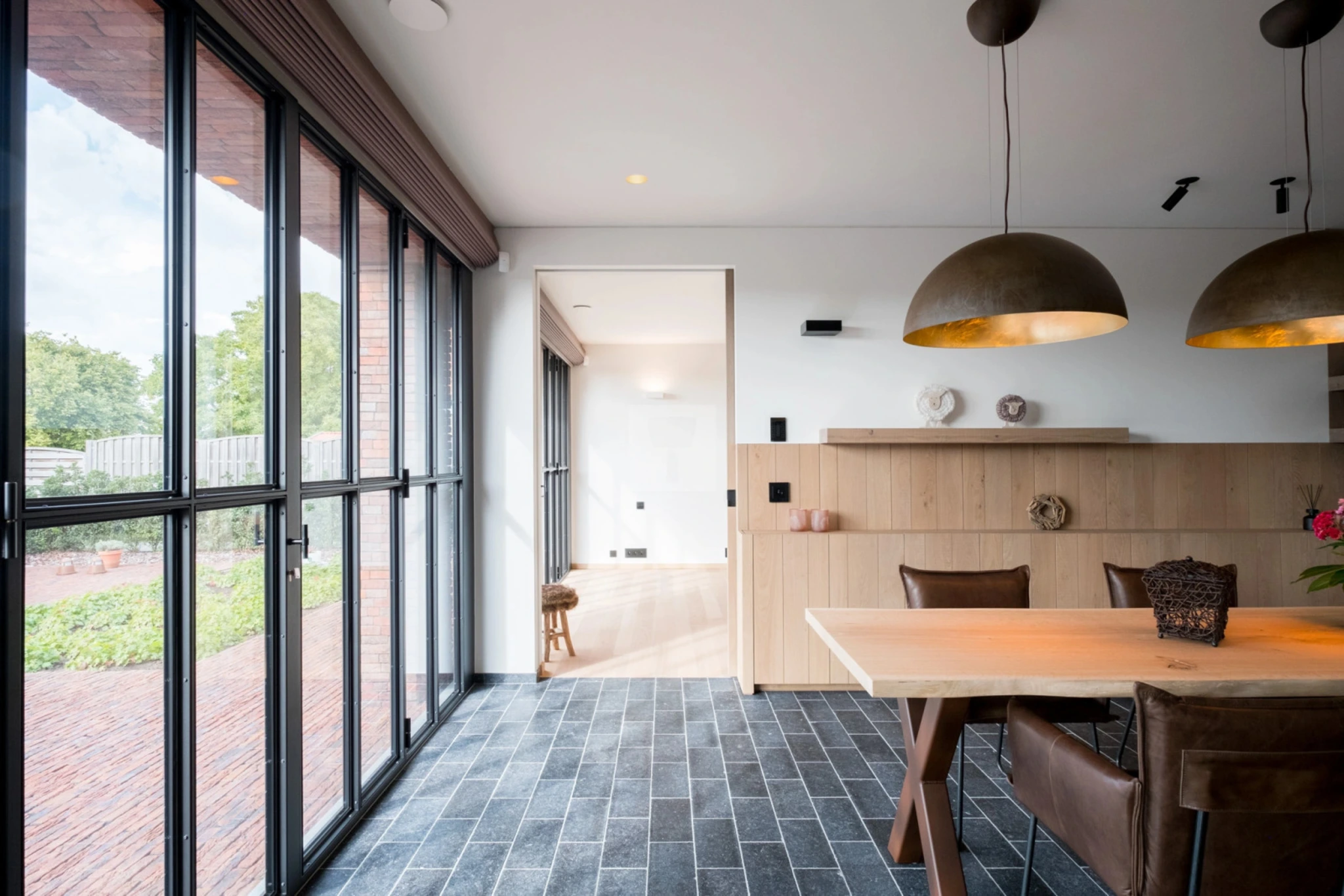Real Blue Stone of Hainaut is non-porous and forgives the little accidents of everyday life. A natural and living material, it plays with the patina and offers all the qualities required for an interior exposed to the most diverse stains. Let it take the toll of life, creating a delightful patina and adding charm and character over time. Its appearance tells the history of the many generations which have grown old together with it.
Cleaning of bluestone indoors
Blue limestone of Hainaut, easy to keep clean
Our advices
PROTECTION
HOW TO PROTECT YOUR BLUE STONE
Contemporary method
It to protect blue stone implies to coat it with either an oil or water repellent product, from the Lithofin or Imperplex range for example. If you have a clear shaded stone and to keep its clear appearance, use water-based products (such as Fleckstop W). At the other hand, to darken the stone and increase the patina, use oil repellent products such as Fleckstop Plus.
Traditional method (for dark stone)
Thinly coat the blue stone with a solution of 50 % linseed oil and 50 % turpentine. Remove all excess solution to avoid unsightly residue. Let it dry for 48 h.
For an extended protection, reapply a solution of one-third oil, two-thirds turpentine 2 to 3 times per year. This method will add a patina-effect to the stone.
At your request, your local distributor of Blue Limestone of Hainaut can also pre-treat your stone.

Do
Clean with clear water is amply sufficient for regular cleaning
Use pH neutral soap, such as Marseille flakes and Carolin…
Use water-repellent products (water-based) to protect blue limestone.
Use oil-repellent products to accelerate the patina by darkening the stone
Carefully follow the product manufacturer’s instructions and uses the recommended dosage for natural stone. First do a test on a hidden spot.
Don`t
Use too much soap
Use acid, chemical or anti-scale products



